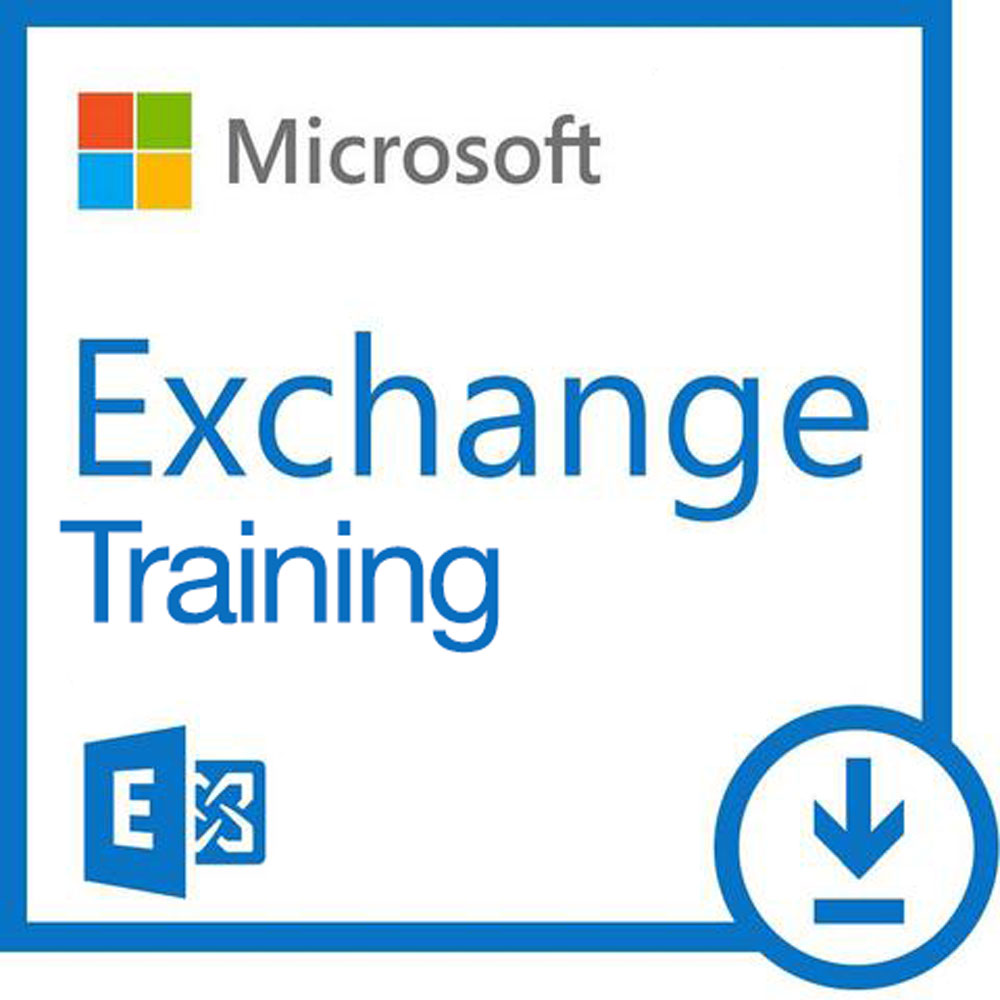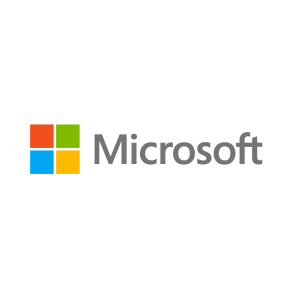Description
About this On Demand Course
The Microsoft on-demand product is an integrated on-line training experience that includes video, labs, exercises, text and knowledge checks. Attendees experience all of this through an on-demand course player.
What’s included?
- Access to the official Microsoft Video on Demand Course for 90 days from the point of first access, allowing you to start and stop when you need to.
- Lab access for 3 months from start of access.
- Digital edition of the Microsoft Official Curriculum (DMOC) manual for reference throughout your course. All DMOC come with fresh editions so your courseware will always be up to date.
- MCT Support via our Microsoft Training Support Yammer Group (you will be invited to the group after registration)
The content is based on the same official courseware we use in our instructor-led training, and videos feature engaging experts hand-selected by Microsoft. Unlike other on-demand offerings that offer simulated labs, MOC On-Demand gives you a live, real-time environment for hands-on training.
About this Course
In this self paced course, students will learn to configure and manage a Microsoft Exchange Server 2013 messaging environment. This course will teach students guidelines, best practices, and considerations that will help them optimize their Exchange server deployment. Course 20341MOD is an on-line course and will provide you with the knowledge and skills to plan, install, and manage the mailbox role, client access, transport, and Exchange infrastructure. Ask us about our instructor-led/on-demand bundles.
Audience Profile
The primary audience for this course is Information Technology (IT) professionals who are aspiring to be enterprise-level messaging administrators. Others who may take this course include IT generalists and help desk professionals who want to learn about Exchange Server 2013. Administrators coming into the course are expected to have at least 3 years of experience working in the IT field—typically in the areas of network administration, help desk, or system administration. They are not expected to have experience with previous Exchange Server versions.
The secondary audience for this course are professionals who are looking to take the exam 70-341A: Microsoft Exchange Server 2013, Core Solutions, as a standalone, or as part of the requirement for the MCSE: Microsoft Exchange Server 2013 certification will take this course as preparation material.
Prerequisites
Before attending this course, students must have:
- Minimum of two years of experience administering Windows Server, including Windows Server 2008 R2 or Windows Server 2012.
- Minimum of two years of experience working with Active Directory Domain Services (AD DS).
- Minimum of two years of experience working with name resolution, including DNS.
- Experience working with certificates, including PKI certificates.
At Course Completion
After completing this course, students will be able to:
- Plan and perform deployment and management of Microsoft Exchange Server 2013.
- Plan a Mailbox server deployment and configure the Mailbox server role.
- Create and manage various recipient objects in Exchange Server 2013.
- Plan and deploy Client Access servers.
- Plan and configure client connectivity to Exchange Server 2013 Client Access server.
- Plan and configure message transport.
- Plan and implement high availability.
- Plan and implement disaster recovery for Exchange Server 2013.
- Plan and configure message security options.
- Plan and configure administrative security and administrative auditing.
- Monitor and troubleshoot Exchange Server 2013.
Course Outline
Module 1: Deploying and Managing Exchange Server 2013
This module explains how to plan and perform deployment and management of Exchange Server 2013.
Lessons
- Server 2013 Prerequisites and Requirements
- Exchange Server 2013 Deployment
- Managing Exchange Server 2013
Lab: Deploying and Managing Exchange Server 2013
- Evaluating requirements and prerequisites for an Exchange Server 2013 installation
- Deploying Exchange Server 2013
- Managing Exchange Server 2013
Module 2: Planning and Configuring Mailbox Servers
This module explains how to plan a Mailbox server deployment and configure the Mailbox server role.
Lessons
- Overview of the Mailbox Server Role
- Planning the Mailbox Server Deployment
- Configuring Mailbox Servers
Lab: Configuring Mailbox Servers
- Planning storage for Mailbox servers
- Configure storage on the Mailbox servers
- Creating and Configuring Mailbox Databases
Module 3: Managing Recipient Objects
This module explains how to create and manage various recipient objects in Exchange Server 2013.
Lessons
- Managing Exchange Server 2013 Recipients
- Managing Exchange Recipients
- Managing Address Lists and Policies on Mailbox Server Role
Lab: Managing Exchange Recipient Objects
- Planning Recipient Types
- Managing Recipients
- Managing Exchange Server E-mail Address Policies
- Managing Address Lists and Address Book Policies
- Managing Public Folder Mailboxes
Module 4: Planning and Deploying Client Access Servers
This module explains how to plan and deploy Client Access servers.
Lessons
- Planning Client Access Server Deployment
- Configuring the Client Access Server Role
- Managing Client Access Services
Lab: Deploying and Configuring Client Access Server Role
- Configuring Certificates for the Client Access Server
- Configuring Client Access Server Options
- Configuring Custom MailTips
Module 5: Planning and Configuring Messaging Client Connectivity
This module explains how to plan and configure client connectivity to Exchange Server 2013 Client Access server.
Lessons
- Client Connectivity to Client Access Server
- Configuring Outlook Web App
- Planning and Configuring Mobile Messaging
- Configuring Secure Internet Access for Client Access Server
- Configuring Secure Internet Access for Client Access Server
Lab: Planning and Configuring Messaging Client Connectivity
- Planning Client Connectivity
- Configuring Outlook Web App and Outlook Anywhere
- Configuring Exchange ActiveSync
- Publishing Exchange Server 2013 through TMG 2010
Module 6: Planning and Configuring Message Transport
This module explains how to plan and configure message transport.
Lessons
- Overview of Message Transport
- Planning and Configuring Message Transport
- Managing Transport Rules
Lab: Planning and Configuring Message Transport
- Configuring Message Transport
- Troubleshooting Message Delivery
- Configuring Transport Rules and Data Loss Prevention Policies
Module 7: Planning and Implementing High Availability
This module explains how to plan and implement high availability.
Lessons
- High Availability on Exchange Server 2013
- Configuring Highly Available Mailbox Databases
- Configuring Highly Available Client Access Servers
Lab: Implementing High Availability
- Creating and Configuring a Database Availability Group
- Deploying Highly Available Client Access Servers
- Testing the High Availability Configuration
Module 8: Planning and Implementing Disaster Recovery
This module explains how to plan and implement disaster recovery.
Lessons
- Planning for Disaster Mitigation
- Planning and Implementing Exchange Server 2013 Backup
- Planning and Implementing Exchange Server 2013 Recovery
Lab: Implementing Disaster Recovery for Exchange Server 2013
- Backing Up Exchange Server 2013
- Restoring Exchange Server 2013 Data
- Exchange Server 2013 Disaster Recovery 2013
Module 9: Planning and Configuring Message Security Options
This module explains how to plan and configure message security options.
Lessons
- Planning Messaging Security
- Implementing an Antivirus Solution for Exchange Server 2013
- Implementing an Antispam Solution for Exchange Server 2013
Lab: Planning and Configuring Message Security
- Configuring Forefront Security
- Configuring Message Hygiene Features on Exchange Server 2013
Module 10: Planning and Configuring Administrative Security and Auditing
This module explains how to plan and configure administrative security and administrative auditing.
Lessons
- Configuring Role-Based Access Control
- Configuring Audit Logging
Lab: Configuring Administrative Security and Auditing
- Configuring Exchange Server Permissions
- Configuring Audit Logging
- Configuring RBAC Split Permissions on Exchange Server
Module 11: Monitoring and Troubleshooting Exchange Server 2013
This module explains how to monitor and troubleshoot Exchange Server 2013.
Lessons
- Monitoring Exchange Server 2013
- Maintaining Exchange Server 2013
- Troubleshooting Exchange Server 2013
Lab: Monitoring and Troubleshooting Exchange Server 2013
- Monitoring Exchange Server
- Troubleshooting Database Availability
- Troubleshooting Client Access Servers


